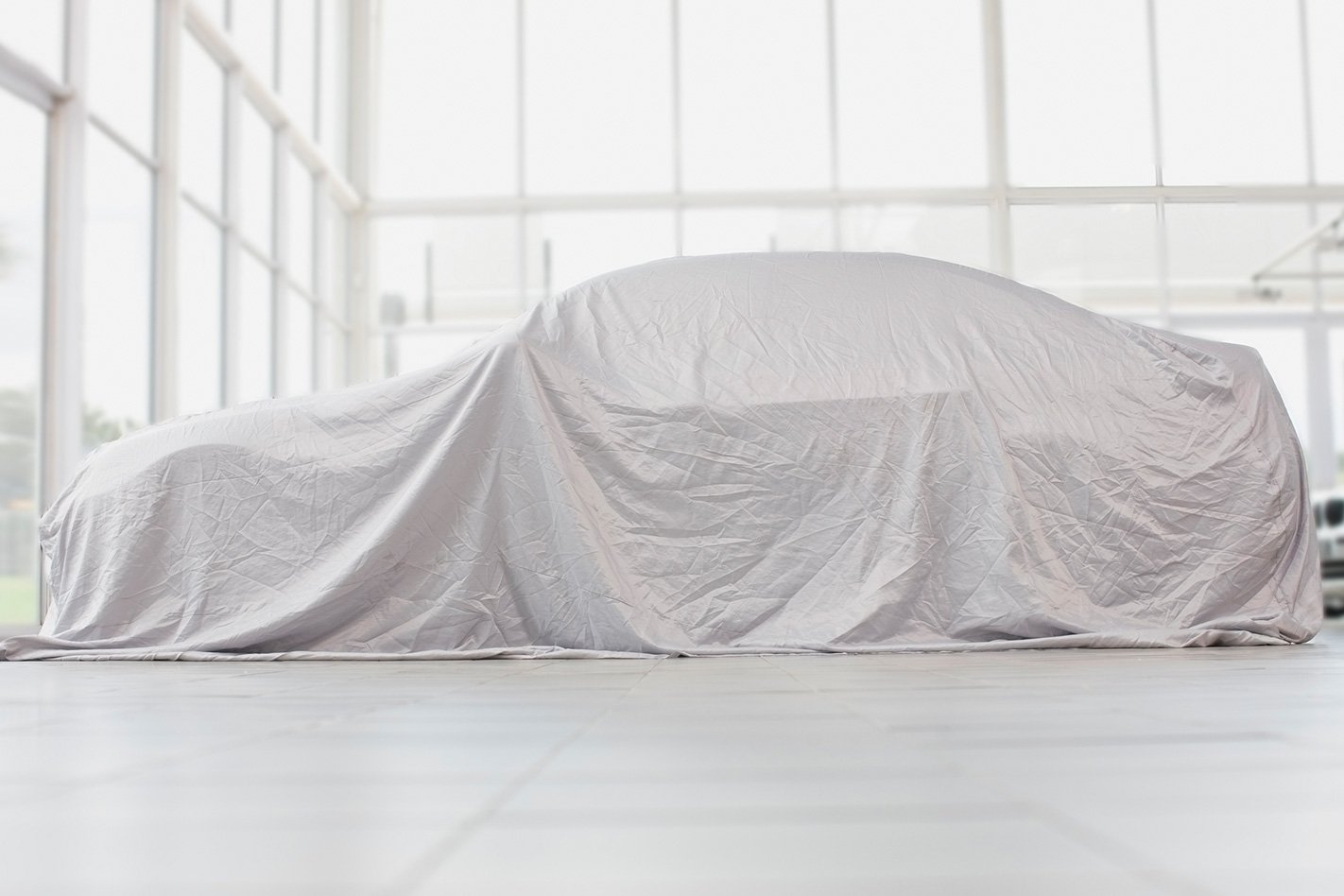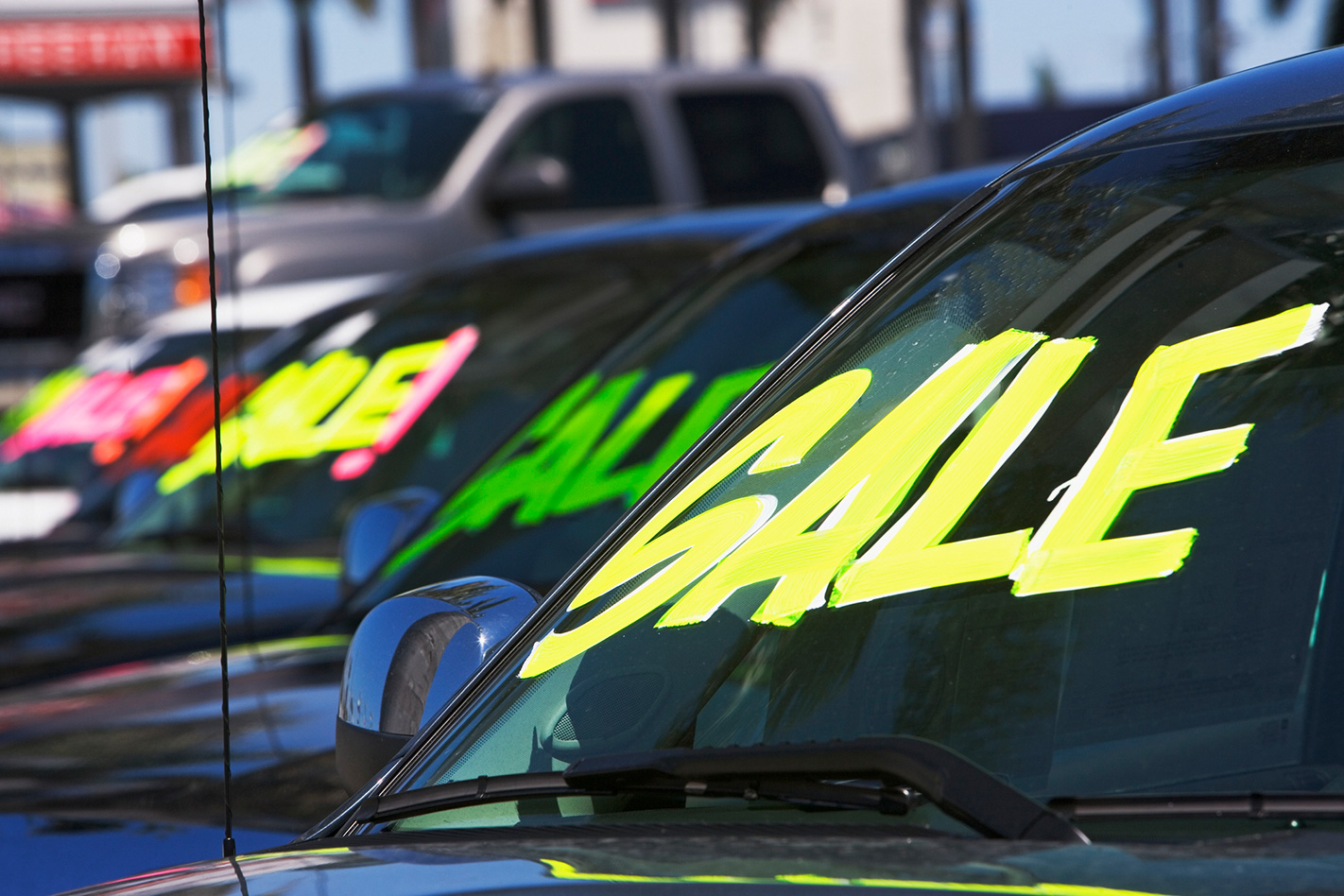
IT SEEMS like a no-brainer – why pay full sticker price for new car when you can get a cheaper demo model with few kays on the odometer? Whenever something seems too good to be true it is, so some due diligence is needed if going down the demonstrator path.
What is a demonstrator car?
First of all, a demonstrator model can mean a variety of things. Most commonly the term refers to lightly-used cars which have been bought by dealerships and offered to customers to test drive. This means that it is technically not a brand-new car, having been driven a small amount of kilometres by interested customers and car dealers.

Demonstrators might also take the form of car-manufacturer company cars driven by executives, or used for photo shoots and TV commercials.
Then there are the media demonstrators which can get a bit more of a rigorous going over, though often this depends on the type of car – a demo Toyota Yaris is less likely to have its limits tested than say a BMW M3.
Although small, this means extra wear and tear on the car which translates into a lower price for the end buyer.
The safest bet is to get something with very low mileage so any abuse it may have suffered wasn’t prolonged. Ex-demo models with just a few hundred kays on the clock are common, and they’re all covered by a balance of the manufacturer warranty. This means that the warranty period kicks in from the time the car is registered, so a car that’s been on the books for a year may only have two more years of warranty left on it.
Crashes do occasionally happen, and demo models are technically more susceptible to the odd bingle because they’re often driven by people who aren’t used to them. So get them checked for any signs of repairs, just like you would a used car.

Do your homework
As with buying any car the number one rule is to know your subject so you’re comparing apples with apples.
Learn its price before and after on-road costs are added, as well as extras such as metallic paint, sun roof, safety packs and so on. This way you’ll know instantly whether or not it’s a good deal.
You should be getting a discount on demonstrator cars, as they’re not brand-new and have already been driven.
Car manufacturer websites let you “build cars” and offer a drive-away price based on spec and features. This is a great place to establish a benchmark.
What prices to expect
Unfortunately this isn’t so straight forward. Similar to getting a bargain price on any car, much depends on timing.
At the very least you want to save a few thousand dollars off the new on-road price, though be mindful that similar deals sometimes appear on brand-new cars, particularly during an end of life model run-out or end of financial year sales. Conversely, the more in-demand a car is, the less likely a car dealer will be to offer a demonstrator model at a discounted rate.

Also remember that demos can date back to the previous model year, which will give them less resale value than current stock.
Timing is also important. WhichCar’s resident car dealer Trevor (not his real name) said some car dealers flogged off demo models to make monthly targets.
“Every time you go to buy these cars it depends where the dealer is at on the day, how their month is going and what the situation is and how desperate they are,” Trevor said.
“If they’re trying to hold a bit of margin and make some money they won’t go down but if they just want to clear some stock that’s when you’ll get the deal. So trying to actually put a dollar value on it is very difficult.”
Our advice is to not be in a hurry when looking for a good deal on a demonstrator model, and shop around until you find something with the best price. This ensures you have the most chance of a good deal, rather than settling quickly.
Once you’ve found a car, the buying process is no different to anything else on the lot. Just be sure to be confident but realistic when negotiating.



